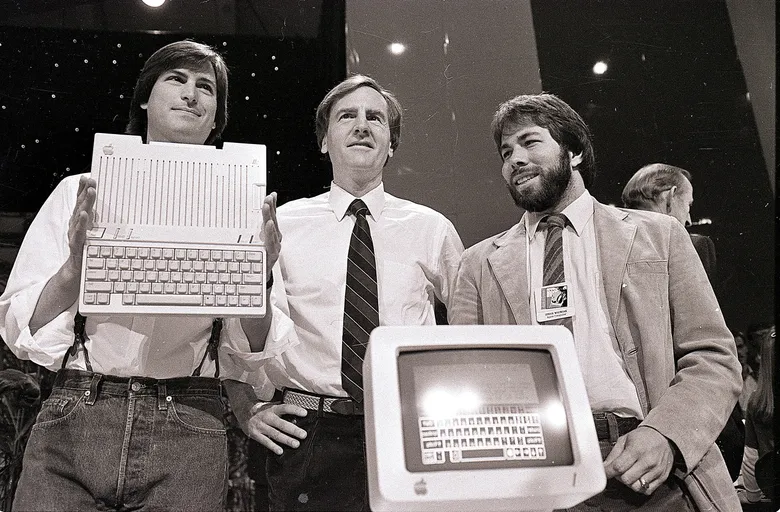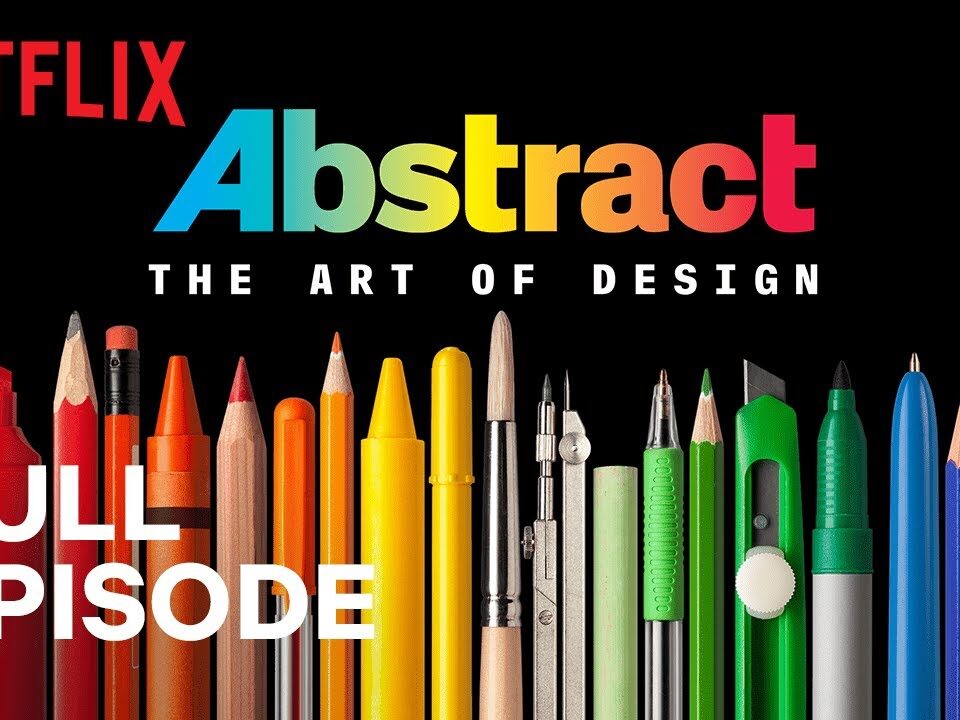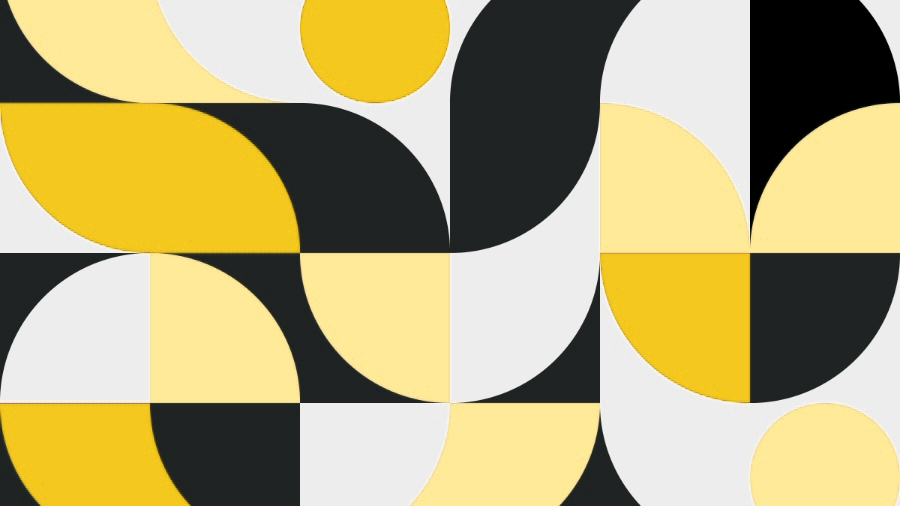
In recent years, we have seen a dramatic shift in the way people interact with technology. With the rise of web 3.0, we are entering an era where the boundaries between the physical and digital worlds are blurring and user experience is more important than ever! What would be the main trends of web 3.0 and how are they shaping the future of user experience?
I believe one of the most significant trends in Web 3.0 is the shift to more decentralized and open systems. This means that users no longer depend on centralized platforms like Facebook or Google to access information or services. Instead, they can interact directly with decentralized networks, such as the best-known example, blockchain. This has the potential to create a more transparent and much more user-centric web, but it also presents new challenges for us designers.
Another trend in web 3.0 is the emergence of immersive experiences. With technologies like augmented reality and virtual reality becoming more accessible, designers can now create truly immersive experiences that blur the line between the digital and physical worlds. This has huge implications for user experience, as it allows us to create more engaging and memorable experiences for users.
At the heart of these trends is the need for designers to focus on creating visually appealing and functional experiences. As we move into the web 3.0 era, users expect more from their digital experiences and designers need to adapt accordingly. This means paying close attention to the user journey, creating intuitive interfaces, and using design to communicate complex information simply and effectively. It seems like more of the same, but it’s not!
In conclusion, the emergence of web 3.0 is creating new opportunities and challenges for us designers, and by staying on top of these trends and focusing on creating user-centric experiences, we can help shape the future of the web and create truly unforgettable experiences.



